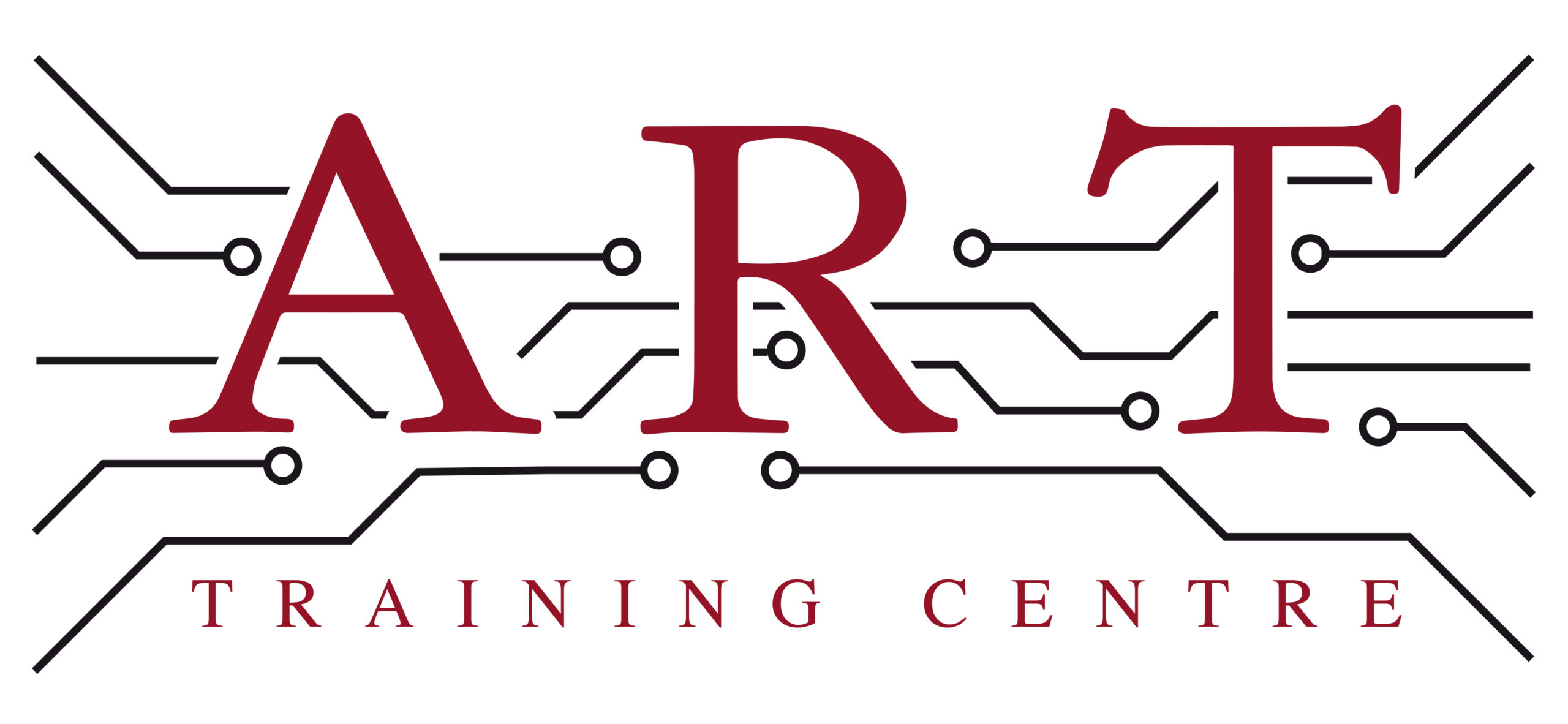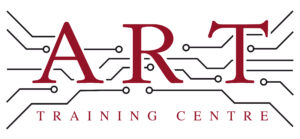Definition
J-Lead is a type of lead configuration used in surface mount technology (SMT) for electronic components. It features leads that extend downward in a “J” shape, allowing for effective soldering to printed circuit boards (PCBs). This design aids in creating strong mechanical and electrical connections, making J-Leads a crucial component in modern electronics manufacturing.
How It’s Used in the Industry
In electronics assembly, J-Leads are typically attached to PCBs through a process called soldering. First, a PCB is prepared with solder paste applied to the pads where the J-Leads will connect. The component is then placed onto the PCB, and the assembly is heated in a reflow oven to melt the solder, creating a secure bond. For rework, technicians may use hot air tools or soldering irons to remove or replace J-Lead components. Understanding J-Leads is essential for both trainees and experienced professionals, as it impacts the reliability and performance of electronic devices.
History & Origins
J-Lead technology became common in the 1990s as the demand for compact and efficient electronic components grew. The design was developed to enhance the performance of surface mount devices (SMDs) while meeting the evolving standards of the electronics industry, such as those established by IPC. As technology advanced, J-Leads became integral to the miniaturisation of electronics, enabling manufacturers to produce smaller and more reliable devices.
Variations
There are several variations of J-Lead designs, including different lead lengths and widths tailored for specific applications. Compared to traditional through-hole components, J-Leads offer a lower profile and are more suitable for automated assembly processes. Unlike other surface mount configurations, such as gull-wing leads, J-Leads provide better mechanical stability, especially in high-vibration environments, making them a preferred choice for many electronic applications.
Modern Applications
Today, J-Leads are widely used in the production of consumer electronics, automotive systems, and telecommunications equipment. They are particularly relevant in surface mount assembly, where space is limited, and reliability is paramount. Compliance with IPC standards ensures that J-Lead components meet quality and performance expectations, making them essential for both manufacturing and repair processes in the electronics industry.
Practical Tips & Training
When working with J-Leads, it’s important to ensure proper alignment during soldering to avoid cold solder joints. Use inspection techniques like visual checks and X-ray imaging to assess solder quality. Familiarity with tools such as soldering irons and reflow ovens is also vital. Structured training and certification in electronics can enhance understanding and skills related to J-Leads, ensuring high-quality assembly and repair practices.


